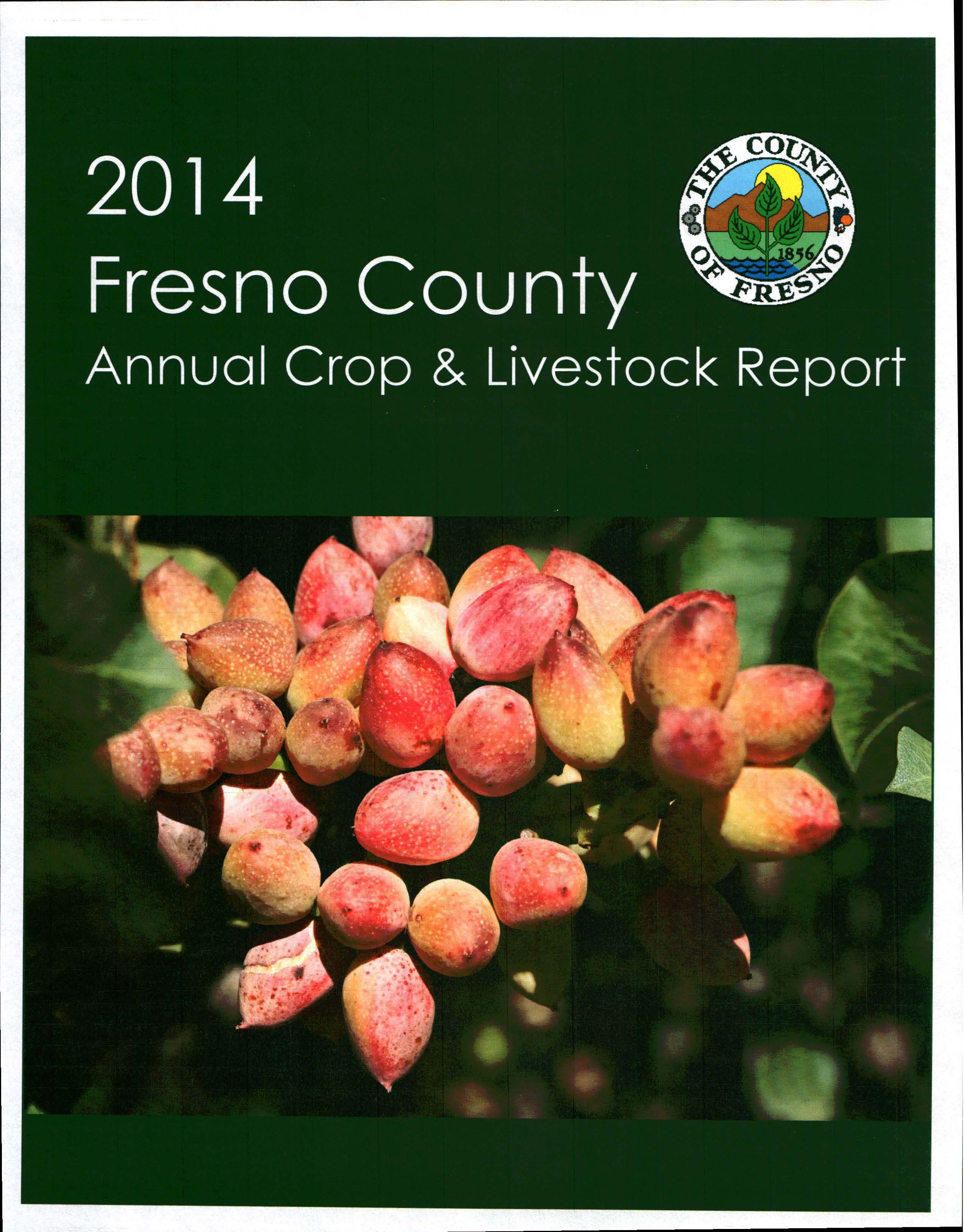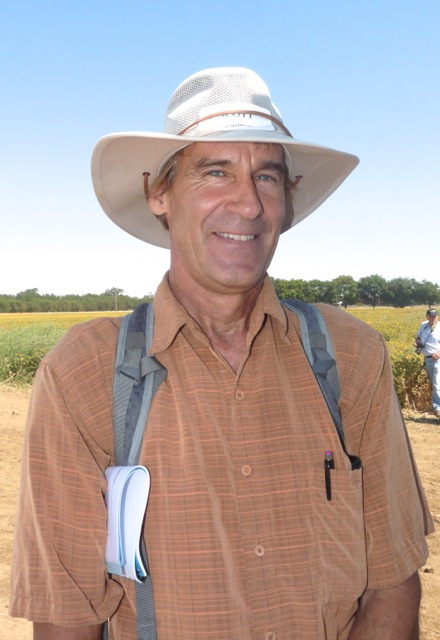Karen Ross on Ag Innovation
CDFA Secretary Karen Ross on Ag Innovation
The next big thing is always right around the corner. Karen Ross, secretary of the California Department of Food and Agriculture, said while that may be so, farmers should be consulted to help with ag innovation–the creation of the next big thing–so both farmers and innovators will benefit.
“Here’s what we need to go to the next generation of innovation, so come talk to us early; don’t just come and say ‘we’ve got your solution,’” Ross said. “We manage a vast biological system, a complex system on the farming side, that responds to fast-moving markets on the consumer side. So don’t divorce yourself from us in the industry. Truly understand what we need and how we put together all these complex moving parts to meet consumer needs and expectations in the marketplace.”
Ross said while farmers are always willing to listen to a new way of doing things, involving them in the process and providing access to the data that demonstrates the need for a new product would be more beneficial.
“Farmers are always open to ‘is there a better way?’” Ross said. “But they want the data. They like to see some demonstration of that data—which comes back to partnering with our academic institutions and Cooperative Extension. Don’t just come out and sell me something; show me the data; show me the demonstration projects. Let me kick the tires. Maybe, I’ll put in a few acres of that this year. It’s not just a sales job. You’ve got to partner with the farmer. And if you do, you’re going to come up with a much better product.”





















